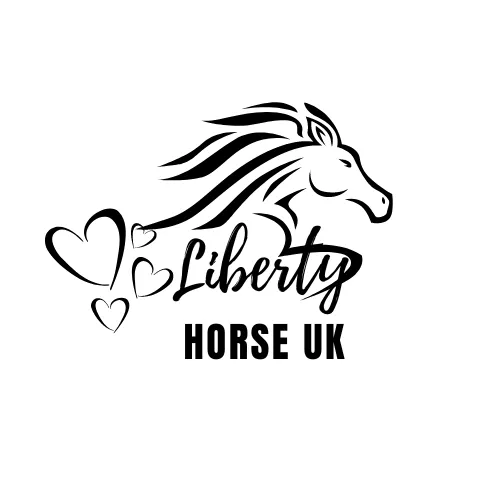Blog

Forehand Yield. Basic Liberty Exercises Series
Introduction
So far in our basic exercises series, we’ve looked at the hindquarter yield and the back up. In this article, we discuss the forehand yield and why it’s an important exercise for safety and for your liberty work.
Teaching your horse a forehand yield, where the horse moves its front end away while its hind end steps on the spot, is beneficial for several reasons:
1. Improved Communication and Responsiveness: Training a forehand yield enhances the communication between handler and horse. It teaches the horse to respond to subtle cues and teaches the handler about timing of the cue and the release.
2. Foundation for Advanced Movements: A forehand yield lays the groundwork for more advanced manoeuvres such as shoulder-in, leg-yield, and side-pass. These movements are crucial for dressage and other disciplines that require precise control and lateral flexibility.
3. Increased Flexibility and Balance: Practising forehand yields helps improve the horse’s flexibility, particularly in the shoulders and neck. It also encourages the horse to develop better balance by shifting weight onto the hindleg whilst moving the forehand and learning to control different parts of its body independently.
4. Improved Safety: A horse that knows how to yield its forehand can be manoeuvred more safely in tight spaces or around obstacles. Not only that, we’ve all had horses that constantly bump into you with their shoulder! Bringing their attention to where they are in space and teaching them to move the shoulder away from you is crucial for working with your horse safely on the ground.
How to teach the forehand yield
Remember how we liken training to going up a staircase, with the perfect forehand yield at the top? There are many steps up the staircase and the first step is to help the horse understand how to move their forehand away from you.
Firstly, position yourself in between their horse’s ear and their shoulder, facing towards the neck. Have one hand on the headcollar and the other hand by the shoulder. Gently push the nose away from you and as you walk into the space you have created ask the shoulder to move over. Take care that the neck doesn’t bend too much before the shoulder moves. Just like when you’re riding, you don’t want too much neck flexion or else it’s very difficult to move the shoulder.
Aim for one to two steps to start with and ensure your horse doesn’t walk out of it, You may need to ‘whoa’ on the head collar to signal the end of the movement. Once you have taken the first step up the staircase and your horse understands what you’re after, you can ask for more steps and/ or tidy up the untidy bits!
Video of LHUK member Lisa Hickman having a go at the level one forehand yield.
Tidying Up
Once he has the idea, you need to tidy it up. Firstly, you may need to rock him backwards slightly to take the weight off the forehand before you ask him to yield. It’s impossible for him to yield his forehand nicely if all his weight is on it!
Secondly, you will want him to finish the movement with his head/ neck slightly bent away from you. Not only is the correct way of performing the movement, it also stops him bending back towards you and then swinging the quarters out.
The hindlegs should keep stepping throughout the movement. If you lose the forwards energy and the hindlegs get stuck, you can ask for one step of the forehand yield and then a couple of steps forward and repeat. You could do this on a small square with the turn on each corner.
Taking it Further
Once your horse lets you guide him through the turns, you can use tactile pressure less and less. Through the ‘new cue/ old cue’ principle, you can use a visual cue (the new cue, which he doesn’t understand yet) followed by a micro pause and then the old cue (the tactile pressure on his headcollar and shoulder. Eventually, through repetition and association, he will respond to the visual cue.
In summary, a solid forehand yield is the start of lightness and collection and opens the door to shoulders towards which is an invaluable draw cue further down the road!
Other resources to help you get started
If you would like to have a go at the Liberty Horse UK level one exercises, why not download our FREE workbook to guide you.

Liberty Horse UK runs monthly online shows, progress awards and trick titles. Members have access to a video library which runs you through the progressive training programme. For more information, click here,

Contact Us
info@libertyhorseuk.com
07977 909283
© Copyright 2023 Liberty Horse UK. Privacy Policy
